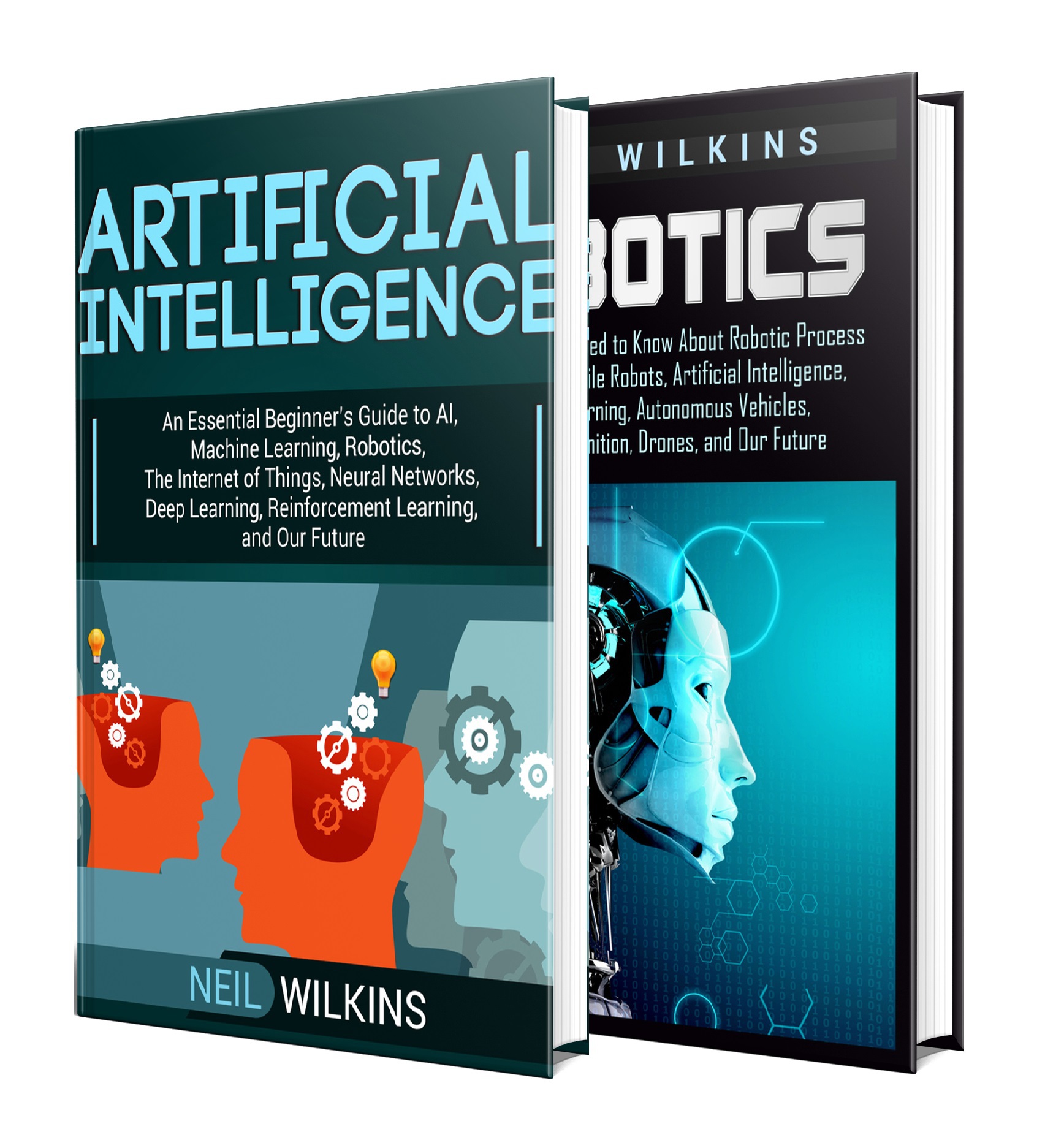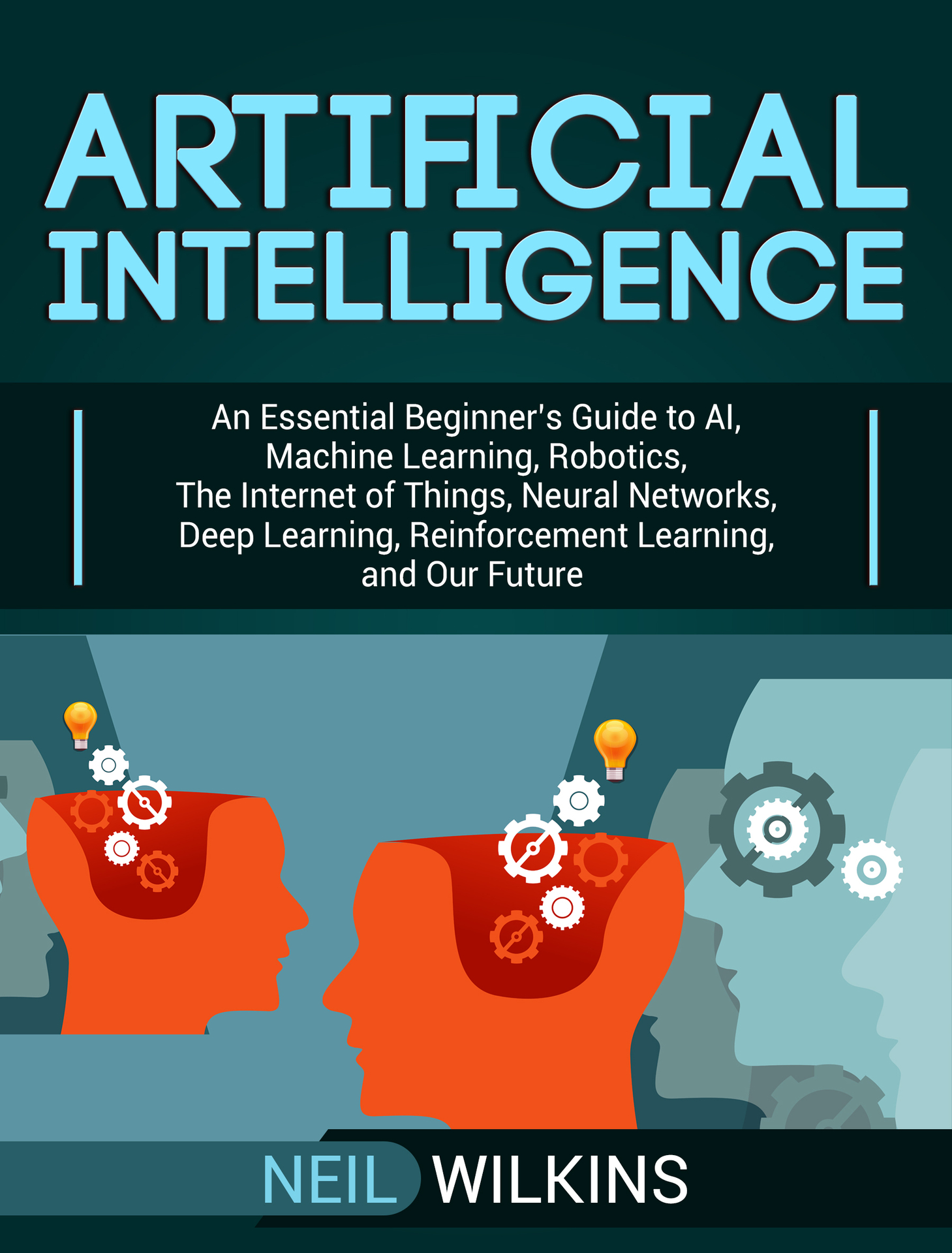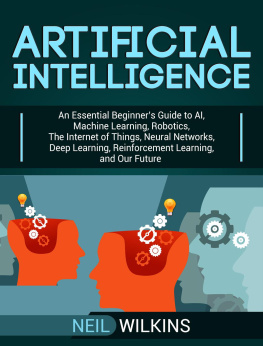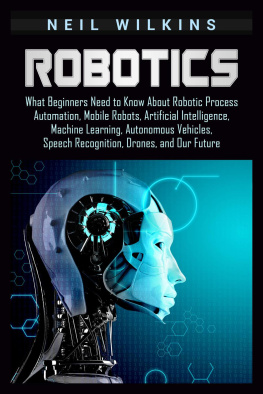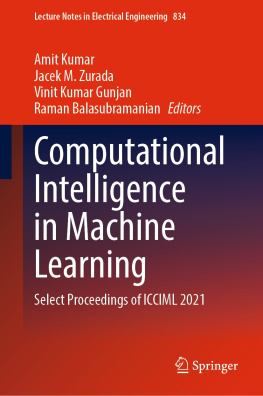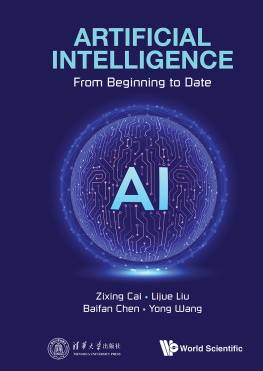Artificial Intelligence
The Ultimate Guide to AI, The Internet of Things, Machine Learning, Deep Learning + a Comprehensive Guide to Robotics
Copyright 2019
All Rights Reserved. No part of this book may be reproduced in any form without permission in writing from the author. Reviewers may quote brief passages in reviews.
Disclaimer: No part of this publication may be reproduced or transmitted in any form or by any means, mechanical or electronic, including photocopying or recording, or by any information storage and retrieval system, or transmitted by email without permission in writing from the publisher.
While all attempts have been made to verify the information provided in this publication, neither the author nor the publisher assumes any responsibility for errors, omissions or contrary interpretations of the subject matter herein.
This book is for entertainment purposes only. The views expressed are those of the author alone, and should not be taken as expert instruction or commands. The reader is responsible for his or her own actions.
Adherence to all applicable laws and regulations, including international, federal, state and local laws governing professional licensing, business practices, advertising and all other aspects of doing business in the US, Canada, UK or any other jurisdiction is the sole responsibility of the purchaser or reader.
Neither the author nor the publisher assumes any responsibility or liability whatsoever on the behalf of the purchaser or reader of these materials. Any perceived slight of any individual or organization is purely unintentional.
Table of Contents
Part 1: Artificial Intelligence
An Essential Beginners Guide to AI, Machine Learning, Robotics, The Internet of Things, Neural Networks, Deep Learning, Reinforcement Learning, and Our Future
Introduction
So, what is the deal with intelligent machines? Will they soon decide on things such as copyright infringement? How about self-driving trucks and cars? What kind of impact will smart machines have on society and the future of human jobs?
This book will give you a glimpse into the most fascinating topic of the 21st centuryartificial intelligence (AI), a hypothetical simulation of a living brain inside a computer.
Some of the areas addressed in this book include:
How the medias hunger for attention spreads AI myths
How tech companies get more funding by claiming they use AI
How scientists want to worship AI like a god and see themselves as priests
The structure of the human brain and the urges that power it
Big Data and how it impacts the possible creation of AI
Theoretical methods of making a thinking computer
The impact of seminal inventions on society
Possible AI implementation, including use cases
As it turns out, working AI that is as smart as a human is highly unlikely, and the three sides that have produced the most noise about AI have all done so for their selfish reasons. By compiling information and ideas from various sources, this e-book aims to show you how we are all being whipped into a consumer-oriented frenzy to shut down our conscious thinking processes.
So, what is actually going on? Read on and find out.
Chapter 1 Confluence of Interests
What you are about to read defies all mainstream notions of artificial intelligence (AI) and challenges all the foregone conclusions regarding what intelligent machines actually are or can be. All of the most influential media, tech companies, and scientists harp on about AI, this majestic, mythical and multifaceted machine that will take away jobs ranging from a food server to a truck driver to a lawyer tomorrow. However, scratching beneath the surface of these claims shows there is barely any truth to them and that theres a grand deception being played, but one thats not inherently maliciousits all about the money.
The mainstream media has been starving for sales, views, and subscriptions to the point it now has to come out with bombastic claims that are simple enough for everyone to understand. What better claim than that of an AI, a concept so vague that it can do anything and everything? As the barrier to entry into the media market lowered, a random Swedish guy in a cubicle snorting into his microphone could get millions of views more than a mainstream news outlet. Radical times called for radical measures, such as announcing AI, driving fear-based sales, views, and subscriptions.
Companies claiming to involve AI in their products and services get more funding and extra attention from the mainstream media, which is in on the ploy. Want to make bricks? Announce you are making AI-designed bricks, and the media will do your marketing for you. Stage a flashy but ultimately misleading demonstration, and all the global media will give you attention.
Scientists want to feel respected, so what better way to become influential and admired than claiming there is an AI only they can access, understand, and interpret? If that sounds like priesthood, that is exactly what it is. Again, the more bombastic claims scientists can produce, the more funding they can get and more attention from the media.
These three groups fuel one another in an endless cycle of excitement and fear. When is the actual AI product coming out? Nobody actually wants to make one because it would reveal the ruse and show that the technology just isnt there yet. What we do have right now is a very simple smart machine that can crunch data, compare images, and make simple mechanical motions, such as lifting boxes. Everything else is just a myth that might not ever come true.
Chapter 2 AI Myths
Your entire worldview with regards to AI has likely been molded by media, such as movies, books, and news articles. After all, the media are there to inform us about the world, but they also have a hidden agendato make money. Movies and books can keep to the authors message because they have several means of tie-in monetization, such as toys, cartoons, comics, and so on, but what about news articles? Newspapers auction off page space and hustle subscriptions, but websites peddling news almost exclusively rely on advertisements, meaning shoving ads at visitors, with each view earning a small fraction of a cent.
Not knowing how to create quality content and make money off of it, news websites that survive off of ad views have to create what is known as clickbait, instantly consumable articles with flashy headlines and little substance. Writers of such content are pushed to drive as much traffic to the website using any description that is not an outright lie, which often burns them out very quickly. There is entire machinery that produces clickbait on a steady basis, and once the curtain is lifted, you will never again enjoy 90% of news on the internet.
Web users appreciate neatly sorted information, making countdown lists a great clickbait method that provides a sense of anticipation that there is going to be a grand reveal at the end, which usually doesnt live up to expectations. For example, a clickbait headline could boast about 12 best rhubarb uses or 7 worst shows on the TV. There could actually be useful, relevant information in those two articles, but the way their headlines are written suggests the hosting website doesnt care about providing value to readers but simply wants their clicks. Besides, calling something top or worst is highly subjective and tells less about the topic and more about the author, who is going to burn out and disappear quickly anyway.

